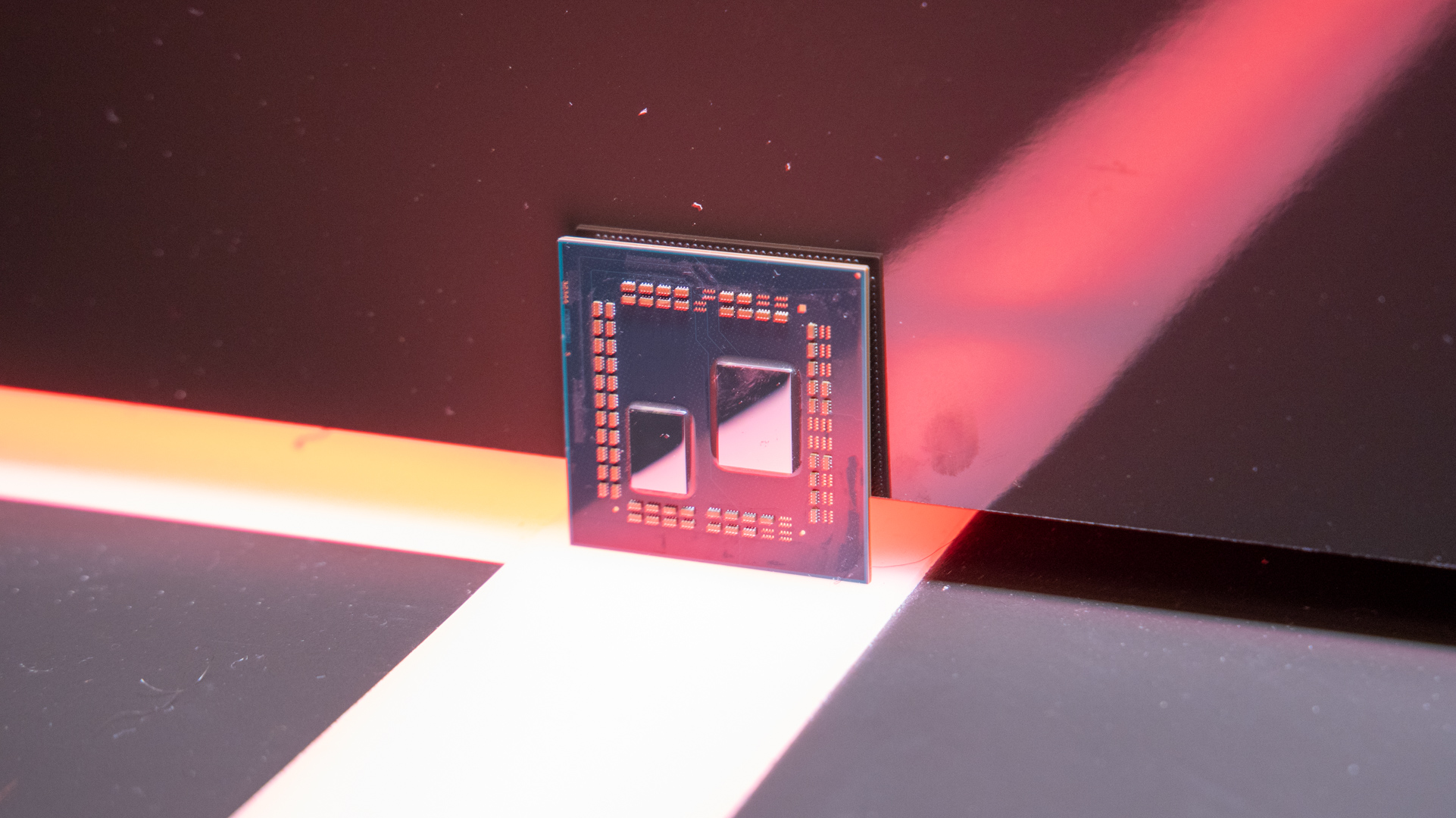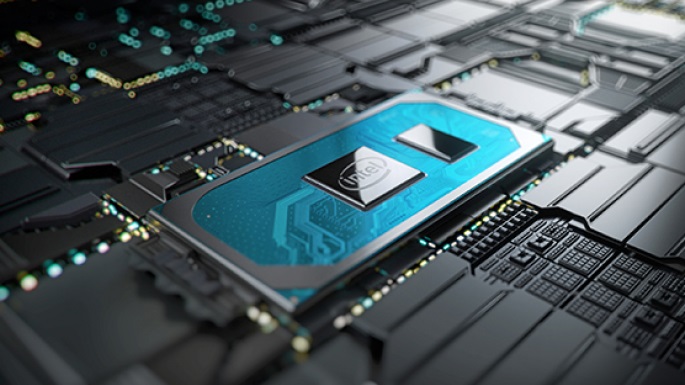The 5 best components of Computex 2019: the coolest chips and drives

The most exciting components of Computex 2019
We’ve been in Taiwan at Computex 2019, checking out what tech companies envision for the future of computing gadgets. There, manufacturers have shown off new laptops, monitors, desktop computers and, most importantly, a whole host of components that can go inside.
With so many new components appearing at Computex, it can be easy to lose track of the biggest and most exciting ones. So, we’ve set out to round up our picks for the best revealed at the show, letting you find them all in one place. Here, we’ll lay out al the best PC components from Computex 2019, so you can start planning your next PC build or get excited for future devices.
Check out all of TechRadar's Computex 2019 coverage. We're live in Taipei to bring you all the breaking computing news and launches, plus hands-on reviews of everything from fresh laptops and desktops to powerful new components and wild overclocking demonstrations.

AMD Ryzen 3rd Generation CPUs
AMD was all but guaranteed to dominate Computex 2019, thanks to the anticipated announcements of 3rd-Generation Ryzen processors (CPUs) built on the 7-nanometer (nm) Zen 2 architecture. And, AMD delivered. The new Ryzen 3rd-Gen chips were announced with staggering core counts up to 12 cores and 24 threads.
The company is launching the new CPUs on July 7, and has an initial lineup of an 8-core Ryzen 7 3700X at $329 (about £260 or AU$475), a 8-core Ryzen 7 3800X at $399 (about £315 / AU$575), and the 12-core Ryzen 9 3900X at $499 (about £395 / AU$720). In a benchmark, the Ryzen 7 3800X went toe-to-toe with the Intel Core i9-9900K and performed evenly while costing substantially less.
The launch of an AMD Navi graphics card was just a sweet little extra.

Gigabyte’s Aorus PCIe 4.0 SSD
A new era of storage speed is coming by way of PCIe 4.0, the new interface coming to motherboards with incredible bandwidth. And, taking advantage of the new interface’s speeds is Gigabyte’s Aorus NVMe SSD, which can outpace previous SSDs by over 40%.
The new SSD will need a new motherboard with the PCIe 4.0 interface, but when it’s paired with one, it can hit sequential read speeds of 5,000MB/s and sequential write speeds of 4,400MB/s. That’s a huge leap over even Samsung’s new 970 Evo Plus SSD.

Intel’s NUC Compute Element
While Intel had some more typical computer components to show off at Computex 2019, outlining its vision for the future, the slickest among them was the Intel NUC Compute Element. The company has put out plenty of NUCs before, which have been small barebones PCs. But, this one is a small card that can slot into a chassis to easily upgrade existing hardware.
In other words, you could have a laptop with a big screen, speakers, keyboard and ports, and when it’s time to upgrade, you’d just slide out the old card and slide in the new card. Everything else would remain. The NUC Compute Element will be available in the first half of 2020.

Intel 10th Generation 'Ice Lake' processors
Intel’s 10nm Ice Lake processors are finally coming, and they’ll appear in laptops later this year. While they’re not going to be your standard desktop CPUs, and they won’t go head to head with AMD’s new Ryzen CPUs, they will power capable new laptops.
But, perhaps most exciting is the trick that Ice Lake CPUs have up their sleeves. The new CPUs will come with Intel’s Gen11 graphics, which offer a substantial boost from the previous integrated graphics and may even be able to handle even some AAA PC games.

Qualcomm’s Snapdragon 8cx 5G SoC
In partnership with Lenovo, Qualcomm as announced a new system-on-a-chip (SoC) called the Snapdragon 8cx. The new computing system will not only be a 7nm platform for mobile computers, but it will also deliver 5G connectivity to laptops.
While 5G is still a nascent technology, rolling out slowly and lacking anything close to the level of coverage offered by 4G LTE, it will be the future connectivity standard. Laptops with 5G connectivity built-in will be able to take advantage of the high bandwidth and low latency of the connection, making them even more capable of taking advantage of cloud computing.

Over the last several years, Mark has been tasked as a writer, an editor, and a manager, interacting with published content from all angles. He is intimately familiar with the editorial process from the inception of an article idea, through the iterative process, past publishing, and down the road into performance analysis.